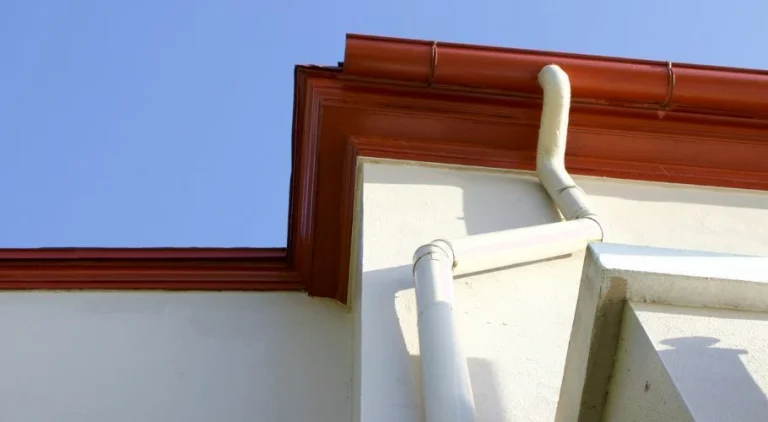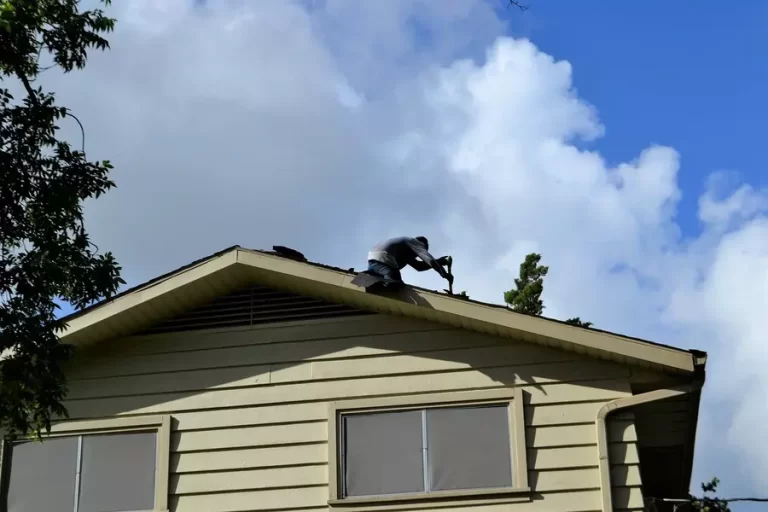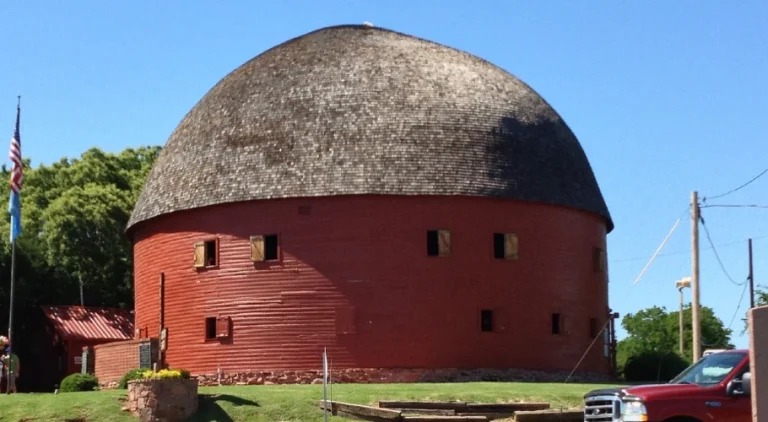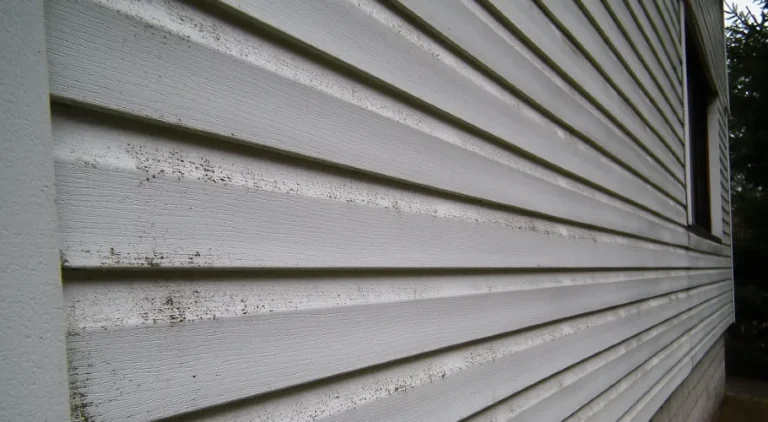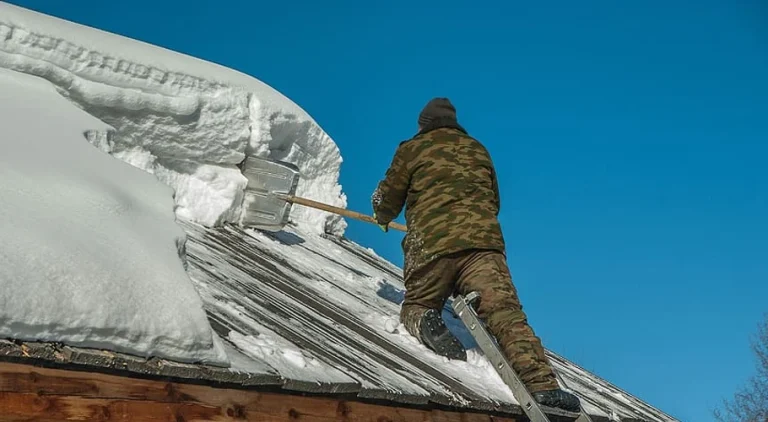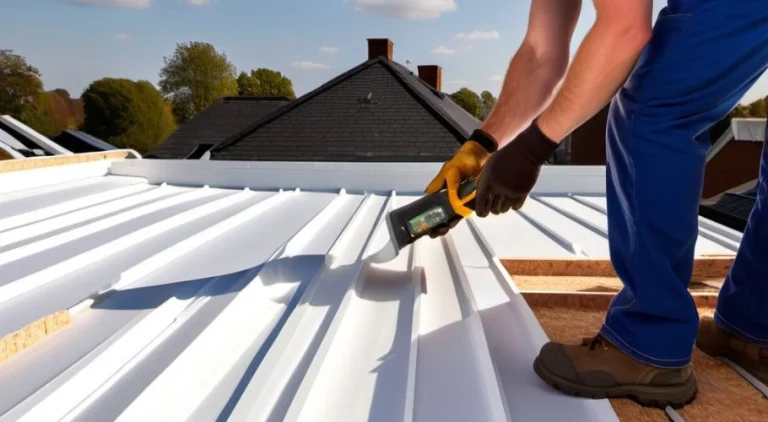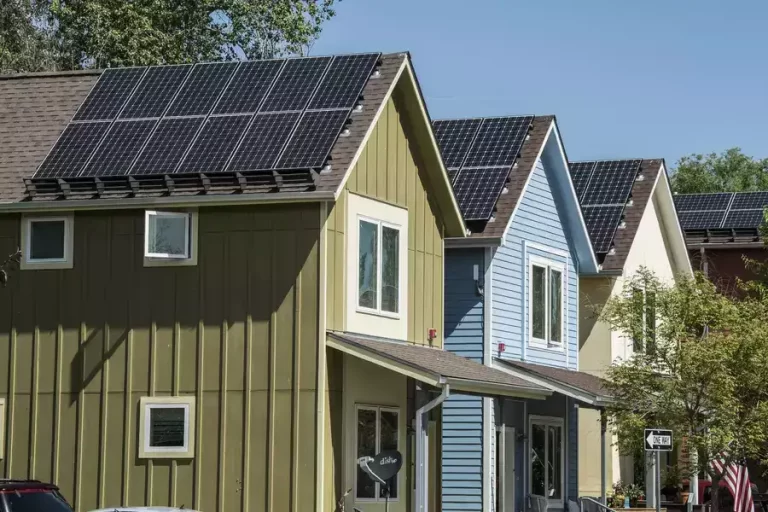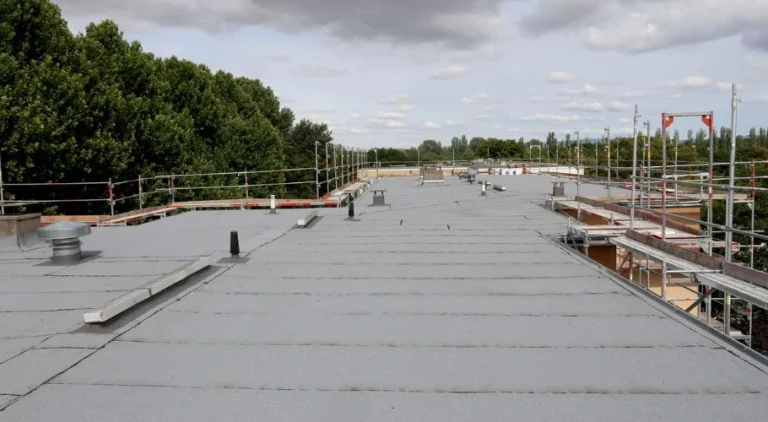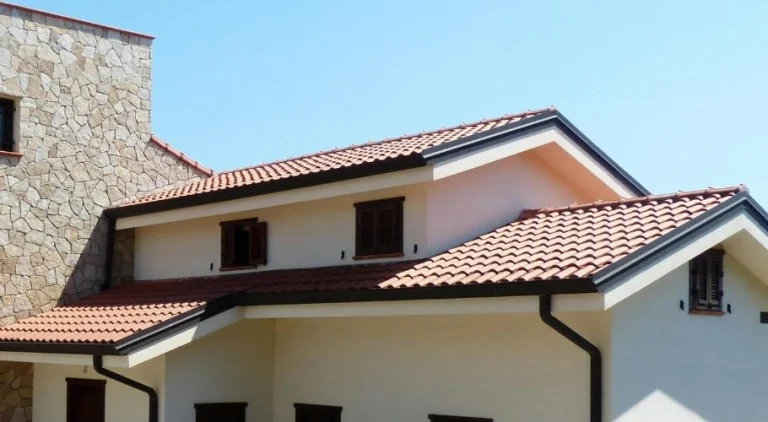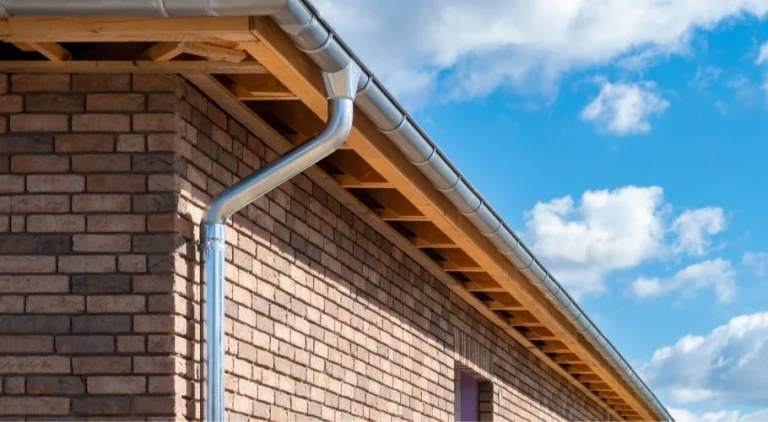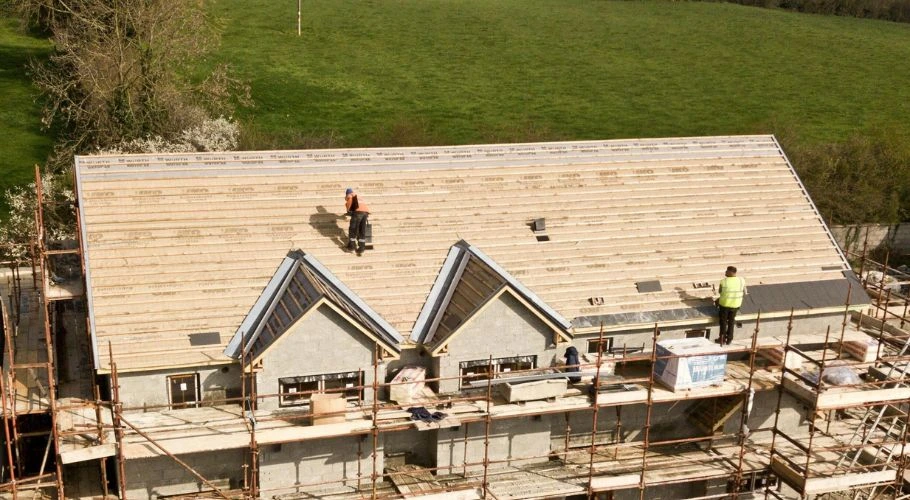What Is the Role of Flashing in Roof Repairs?
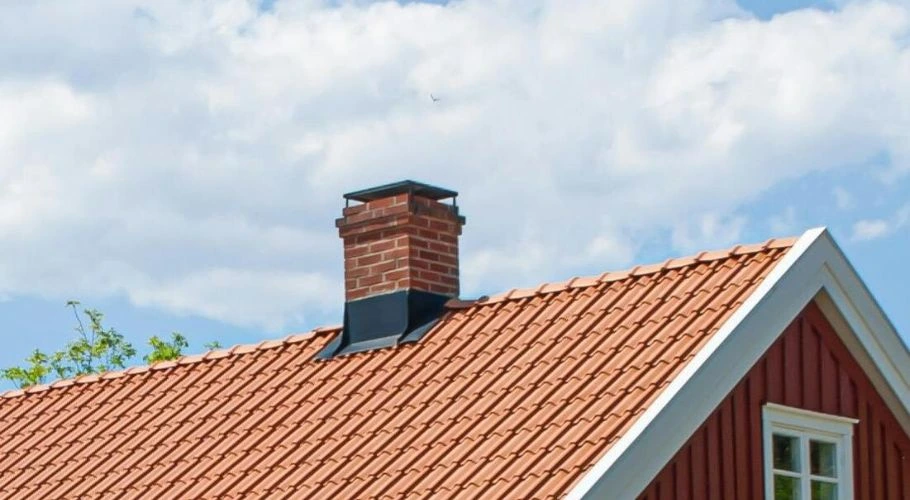
Are you unfamiliar with the role of flashing in roof repairs? Robbins Roofing knows all about it, and here, we’ll be sharing all the details you need. We’ll discuss what roof flashing is, go over its different types, and explain how important it is in keeping your roof sturdy and secure over the seasons.
What Is Roof Flashing?
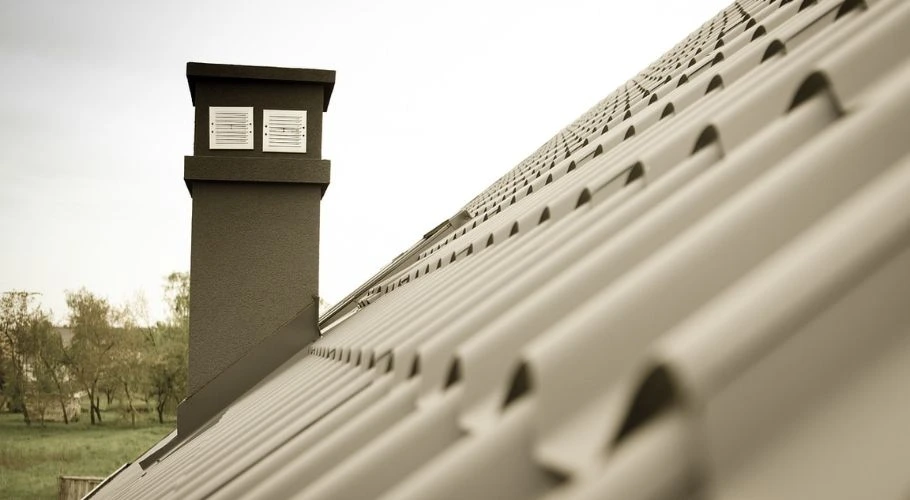
Roof flashing is a thin, waterproof material that protects the most leak-prone places of your roof. This includes the corners and nooks around or near different roof protrusions like chimneys, skylights, and vents, as well as spots like valleys and roof edges. Without the watertight seal provided by roof flashing, water would easily slip through the gaps and cause roof leaks, mold growth, water damage, and even serious structural damage.
Roof flashing materials are usually metal (e.g., aluminum, copper, or galvanized steel). Even though metal flashing is the most popular type, it can also be made from rubber or plastic in some cases. These materials can handle rain, snow, and extreme temperature changes.
Additionally, roof flashing is installed strategically to redirect water away from weak points and into the drainage system. That way, instead of pooling up in risky places, water flows off the roof without a problem.
Different Types of Roof Flashing
1. Step Flashing
Step flashing is used where the roof meets a vertical surface like the side of a dormer window, chimney, or second-story wall. It’s installed in small overlapping pieces, “stepping” up the side of the structure to create a waterproof seal.
Make sure you get a proper flashing installation because if it’s not done right, water will find its way into the siding or interior walls, leading to rot and mold growth. In Oklahoma, where high winds and driving rain are common, step flashing is one of the most important types to check during inspections.
2. Valley Flashing
Roof valleys are the spots where two slopes meet. These areas see more water runoff than any other part of the roof. It’s a long metal strip installed along the valley to channel water down and off the roof properly.
Damaged or missing valley flashing means water will pool in these low spots, soaking through shingles and causing serious roof leaks. That’s why we recommend checking valley flashing after major storms hit.
3. Chimney Flashing
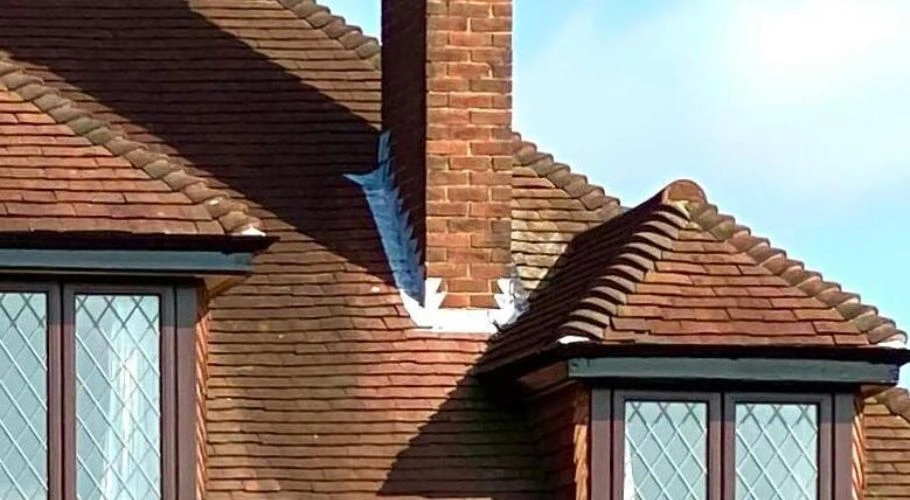
Chimneys are one of the biggest weak points in a roof, simply because they require a large hole in the structure. Chimney flashing is installed in two parts:
Base flashing sits at the bottom of the chimney where it connects with the roof.
Counter flashing is embedded into the chimney itself, overlapping the base flashing. People usually install counter flashing for extra protection.
If chimney flashing fails, water can seep directly into the attic or living spaces, giving your walls and ceilings water stains in the process. Since chimney flashing is exposed to constant weathering, it should be checked regularly.
4. Drip Edge Flashing
You’ll find drip edge flashing along the edges of the roof, guiding rainwater into gutters instead of letting it soak into the fascia boards. Without it, water can rot the fascia and soffits, leading to expensive repairs.
Many older homes were built without this type of flashing, which is why some homeowners notice rotting wood along their rooflines. If your roof is missing this important layer of protection, it’s definitely worth adding.
5. Vent Pipe Flashing
Every roof has vent pipes for plumbing and HVAC systems, and every one of those pipes is a potential leak point. Vent pipe flashing (also called a pipe boot) is designed to seal tightly around these openings.
As time passes, the rubber part of the flashing can crack or shrink, allowing leaks to develop. If you ever notice water stains near bathrooms or laundry rooms, a failing vent pipe seal might be the cause.
6. Kickout Flashing
Kickout flashing basically diverts rainwater when a gutter ends right beside a sidewall. The main purpose of this kind of flashing is to keep the rainwater from going straight down the sidewall and instead sends it directly into the gutters.
7. Continuous Flashing (or Apron Flashing)
As the name suggests, this flashing is a continuous piece that redirects water into a gutter and away from vertical walls and sloped roofs.
Why Is Flashing Important During Roof Repairs?
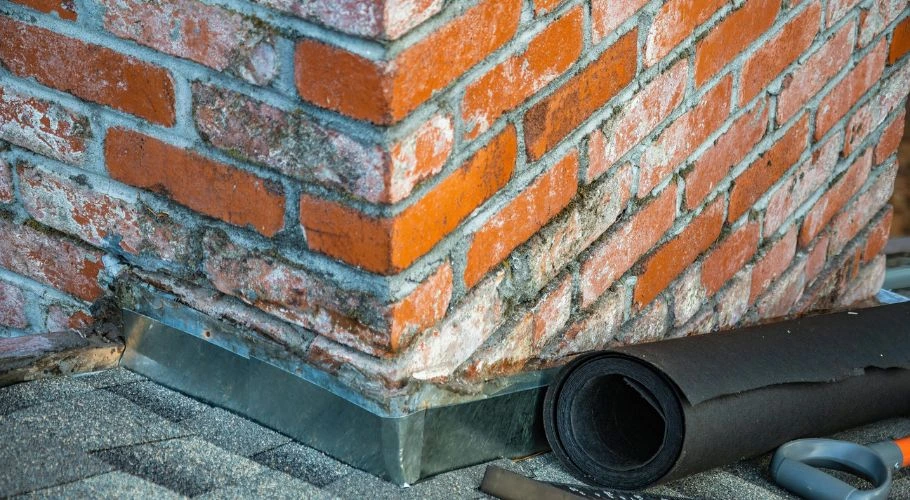
So, why is roof flashing important? Roof flashing plays a big role in protecting your roof’s vulnerable points from water infiltration and damage. With proper installation and maintenance, your flashing system can last for a long time and save you from having to deal with damaged roofing materials while also helping you avoid costly repairs.
To be more specific, roof flashing is important because:
1. Flashing Keeps Water from Sneaking Into Your Home

Even if your shingles are brand new, your roof is still vulnerable if the flashing is failing. Water naturally follows gravity, and it loves to find weak spots—especially around chimneys, vents, and valleys. Flashing acts like a shield, directing water away from these areas and into your gutters instead.
When flashing gets bent, rusted, or comes loose, water intrusion is predictably what happens next. This can cause slow, hidden leaks that damage insulation and drywall before you realize something’s wrong. That’s why flashing repairs are a major part of any roofing project.
2. Improper Flashing Installation Leads to Future Roof Leaks
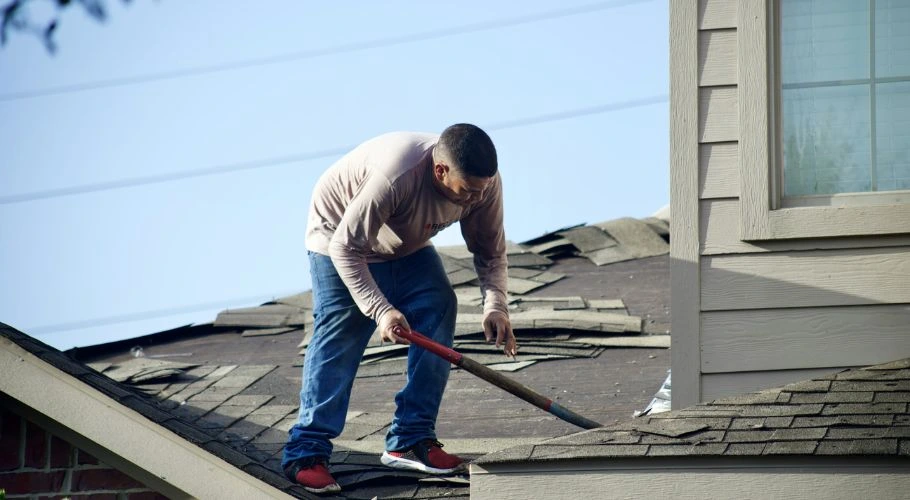
Bad flashing installation and materials are some of the top reasons homeowners deal with roof leaks sooner than they should. If flashing isn’t sealed properly and fails to provide a watertight barrier, or the wrong type is used for a certain section of the roof, it’s only a matter of time before water gets into your roof system.
We’ve seen roofs where the flashing was barely secured, leaving gaps that let rainwater seep into the attic. Other times, we find cheap materials that corroded after just a few years. Basically, proper flashing installation is important if you want to prevent leaks and extend your roof’s lifespan.
3. Flashing Degrades Over Time and Needs Replacing
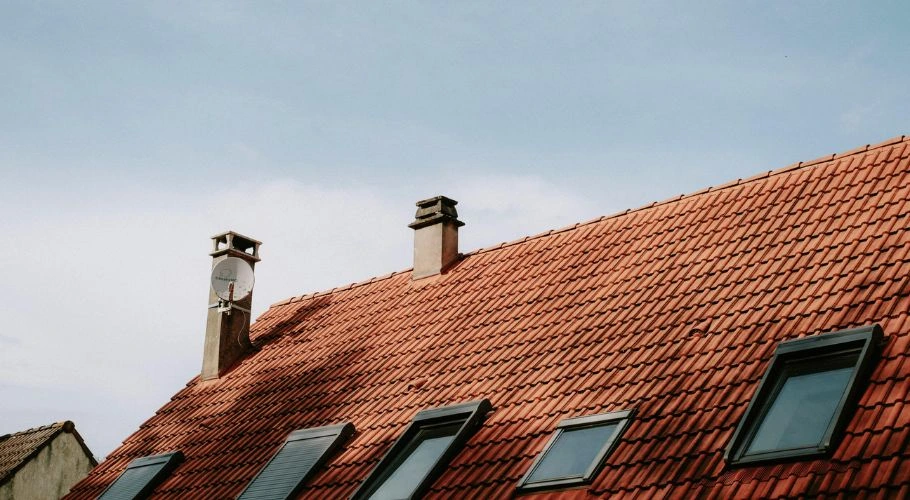
Like anything else on your roof, flashing doesn’t last forever. With Oklahoma’s weather, a damaged flashing is quite common around here. So, always check your roof’s health because over time, flashing can:
Rust or corrode (especially if made from lower-quality materials)
Crack or warp due to temperature changes
Loosen or lift from strong winds or storm damage
4. Storm Damage Can Dislodge or Bend Flashing

Strong winds and hail can loosen flashing or knock it out of place completely. The problem is that most homeowners won’t notice damaged flashing until water stains start showing up inside. So, to make sure your flashing remains properly sealed, consider Robbins Roofing’s weather damage service. We’re experienced in dealing with the after-effects of Oklahoma’s major weather events, so don’t hesitate to give us a call.
How to Tell If Your Roof Flashing Needs Repair
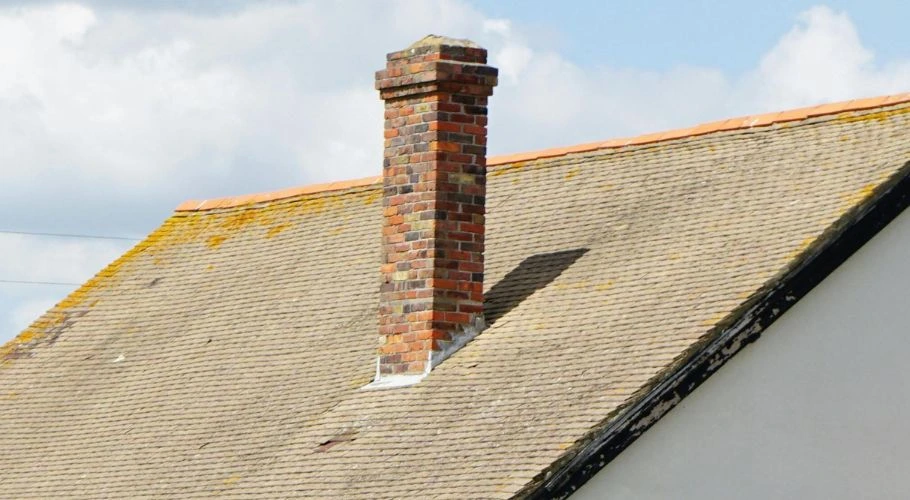
Most homeowners overlook flashing, but it’s important to know the warning signs so you can get timely roof repairs. Signs include:
Visible rust or corrosion
Loose or missing flashing
Cracks in the sealant
Leaks inside the home
Robbins Roofing Has You Covered When It Comes to Flashing Repairs
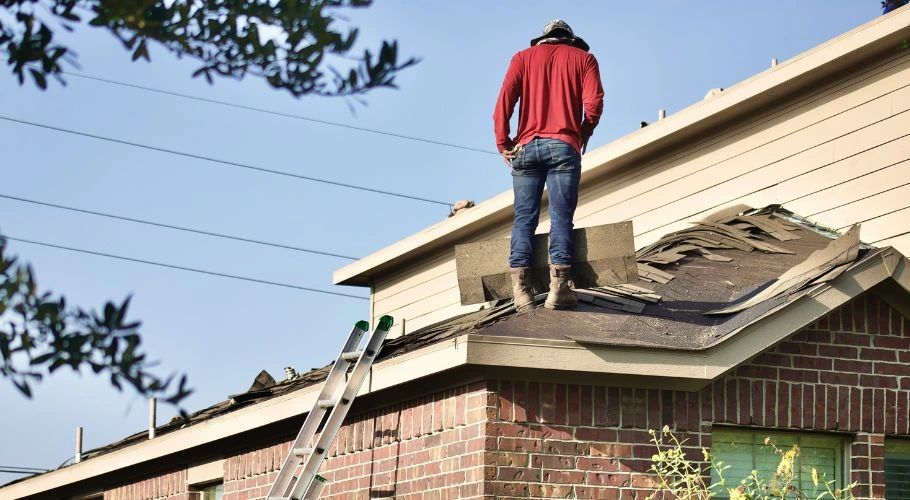
At Robbins Roofing, we offer roof inspections and roof flashing maintenance to make sure the vulnerable areas on your roof remain secure and leak-proof.
Our team knows how to:
Identify flashing failures that are causing leaks
Replace old, corroded flashing with high-quality materials
Properly seal and secure flashing to withstand Oklahoma’s weather
Reinforce flashing during roof repairs and replacements for long-term protection
Got Flashing Issues? Contact Us Today!
If you’re in Oklahoma City, Mustand, Edmond, Norman, or nearby areas, you won’t find a more reliable roofing company than Robbins Roofing! Whether you’re looking to repair faulty flashing, need a roof replacement, or need professional flashing installation for a watertight roof, our professional roofers will get the job done quickly and effectively.
Visit our website or contact us directly for a free quote!

